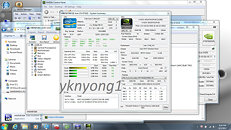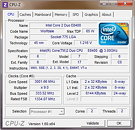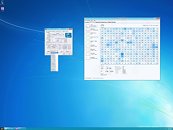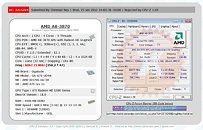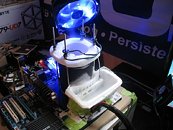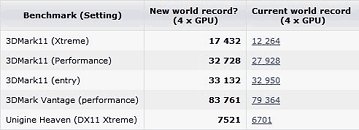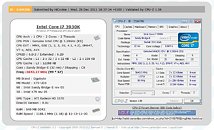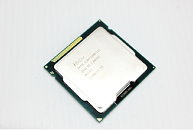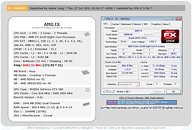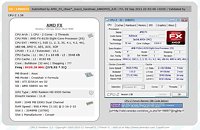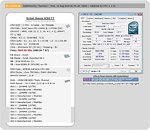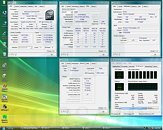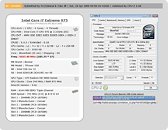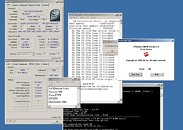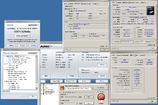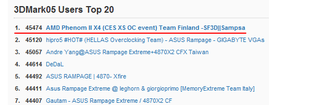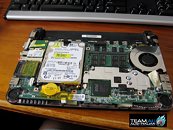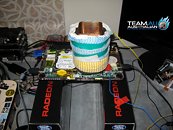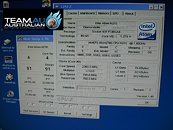
Acer VA40 Combines Core i7-3612QM and GeForce GT 640M
NVIDIA's Kepler and Intel's Ivy Bridge architectures are a match made in Acer's upcoming VA40 notebook. The notebook combines Intel Core i7-3612QM quad-core processor with NVIDIA GeForce GT 640M discrete graphics, and with NVIDIA Optimus technology, performs dynamic-switching between the GT 640M and Intel HD 4000 graphics embedded into the processor. A Chinese forum user "yknyong1" posted screenshots of the two components using available diagnostic software. We know that CPU-Z 1.6 adds reliable support for Ivy Bridge CPUs, but GPU-Z 0.5.9 has preliminary support for Kepler GPUs, too. At least it knows how to count CUDA cores, ROPs, clock-speeds, and other basic information, even if it gets a few other details inaccurate. Kepler support will be refined and made reliable days ahead of NVIDIA's big launch day, later this month.
The Core i7-3612QM is a quad-core chip clocked at 2.10 GHz, featuring 6 MB L3 cache of the Ivy Bridge silicon, and HyperThreading, which enables 8 logical CPUs. The GeForce GT 640M, on the other hand, is known to be based on NVIDIA's new 28 nm GK107 silicon. It is detected with 384 CUDA cores, 2 GB of DDR3 memory over a 128-bit wide memory interface, 16 ROPs, core clock speed of 405 MHz, and 900 MHz memory. The chip carries a device ID of 10DE-0FD2, and is compliant with PCI-Express 3.0 bus interface. When on light load (desktop), the clock speeds of this GPU were turned down to 135 MHz core with 405 MHz memory. Find more barely-legible screenshots at the source.
The Core i7-3612QM is a quad-core chip clocked at 2.10 GHz, featuring 6 MB L3 cache of the Ivy Bridge silicon, and HyperThreading, which enables 8 logical CPUs. The GeForce GT 640M, on the other hand, is known to be based on NVIDIA's new 28 nm GK107 silicon. It is detected with 384 CUDA cores, 2 GB of DDR3 memory over a 128-bit wide memory interface, 16 ROPs, core clock speed of 405 MHz, and 900 MHz memory. The chip carries a device ID of 10DE-0FD2, and is compliant with PCI-Express 3.0 bus interface. When on light load (desktop), the clock speeds of this GPU were turned down to 135 MHz core with 405 MHz memory. Find more barely-legible screenshots at the source.

